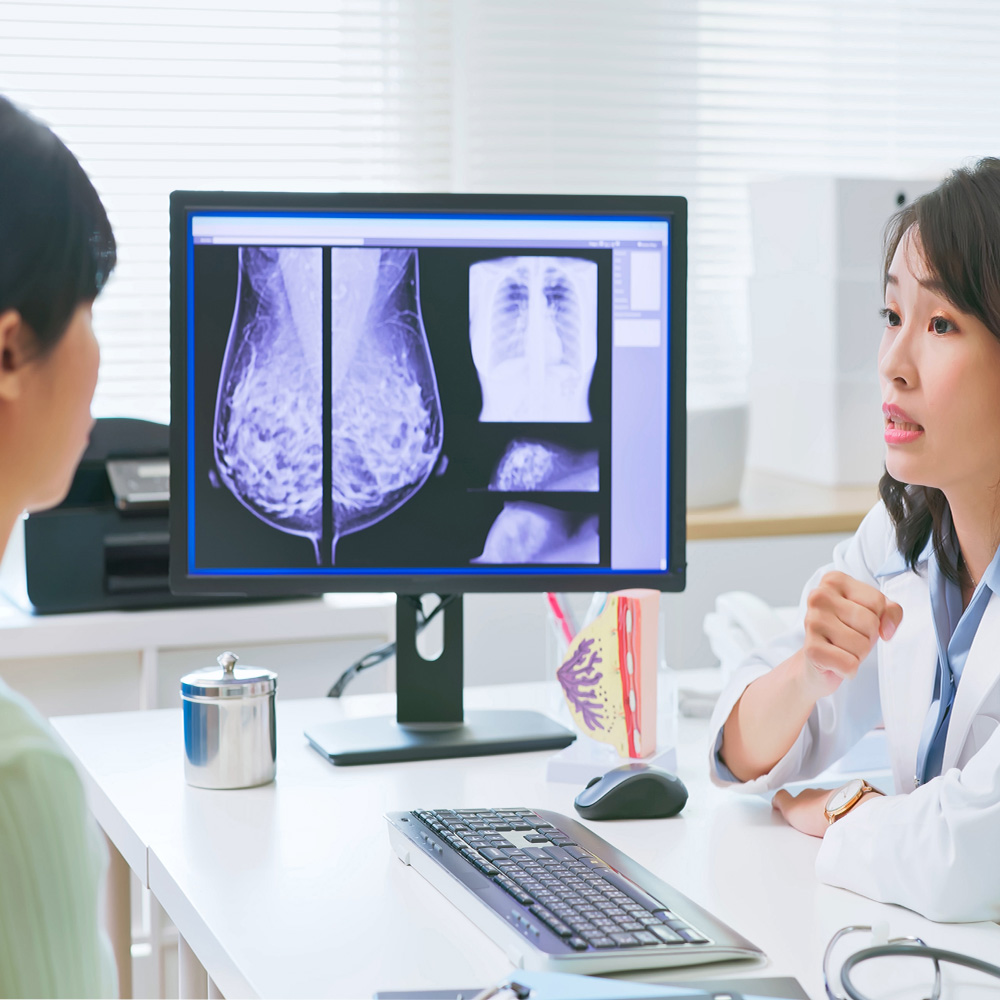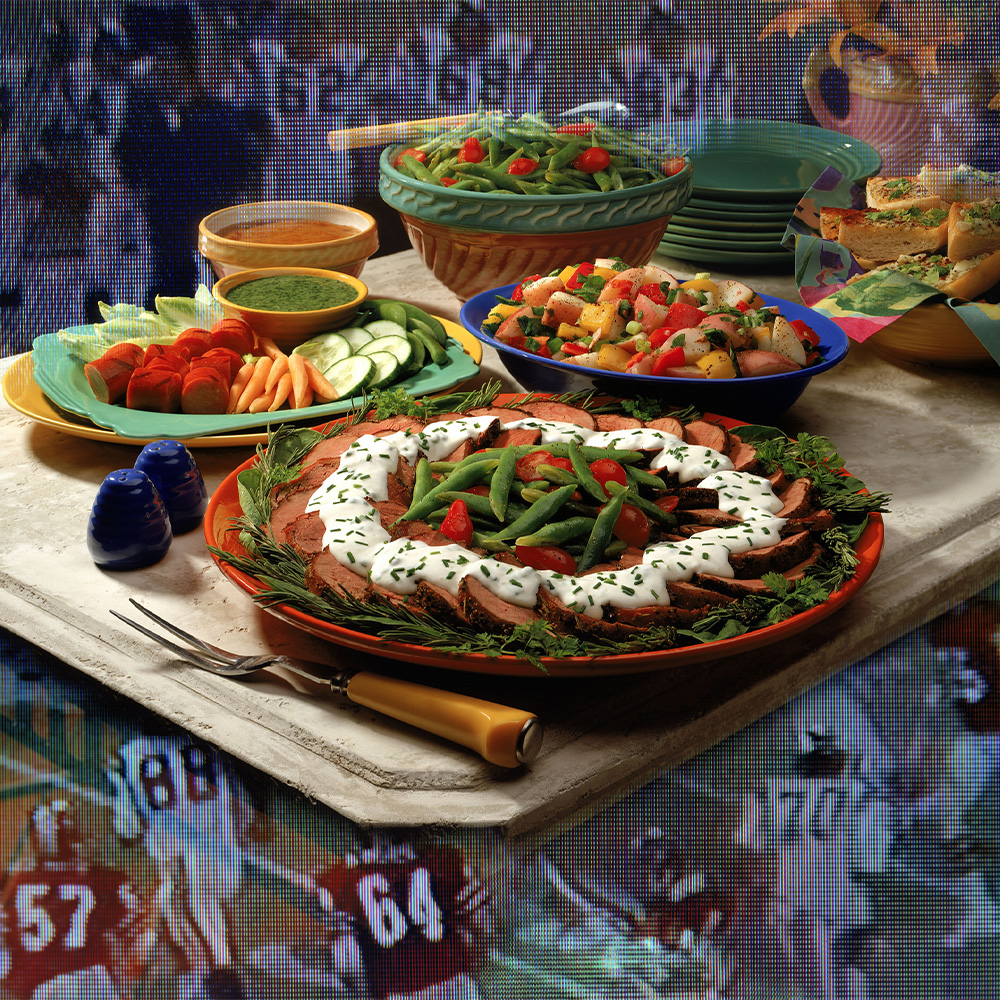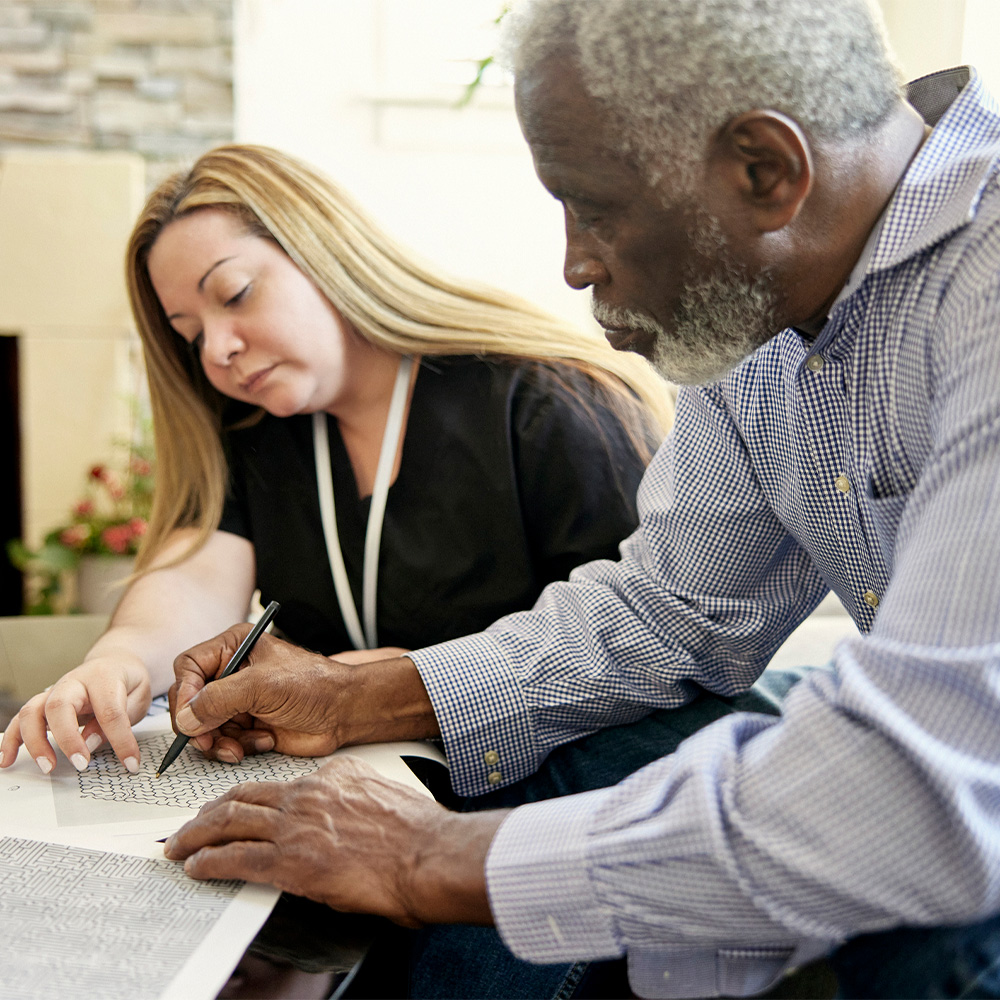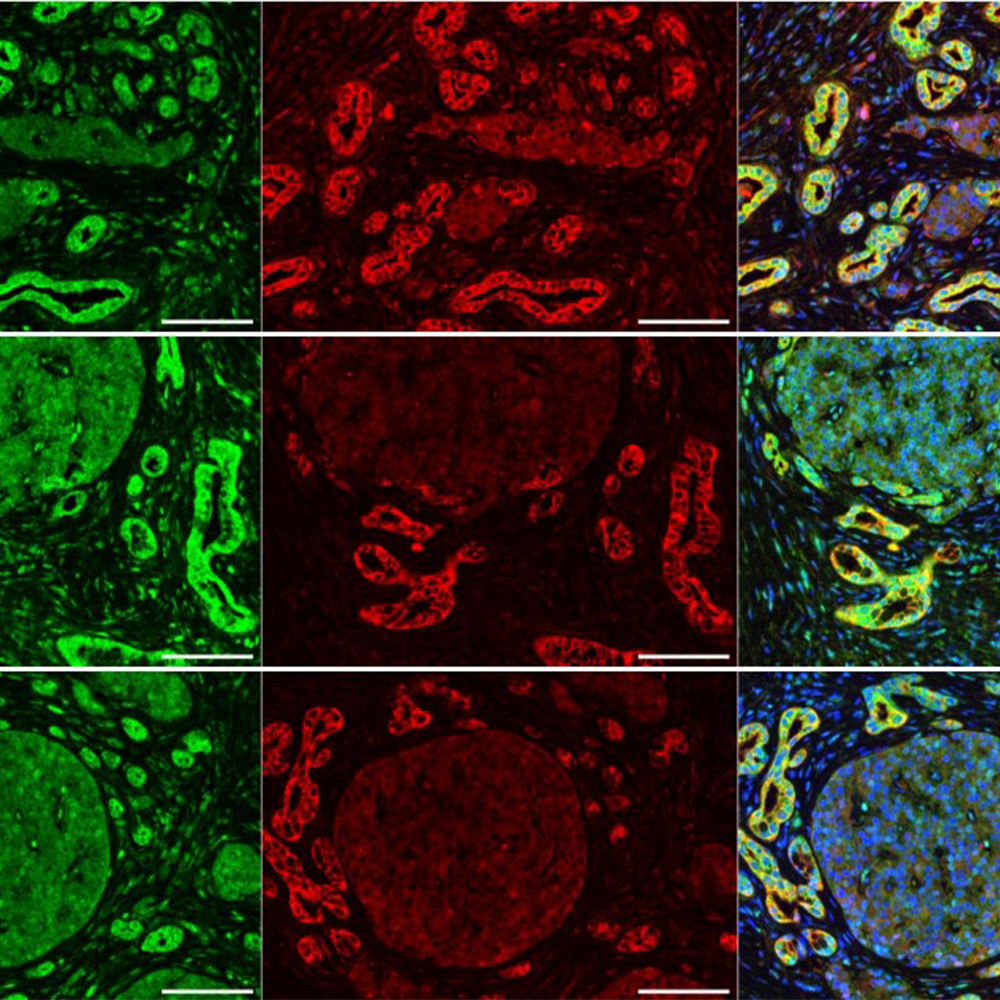How to protect your waistline - and more - at the State Fair of Texas
It’s autumn in North Texas and that means it’s time for the State Fair of Texas.
Though maintaining good health may be the last thing on your mind when it comes to the Fair, it is possible to find some hidden healthy gems in the deep fried paradise and probably get more than a couple thousand steps in. We've got the inside scoop on enjoying the Fair while watching your waistline, protecting your skin, and staying cool.
Navigating the food booths
Fried food may be a highlight of the State Fair of Texas, but it’s definitely possible to enjoy some yummy treats without the batter.
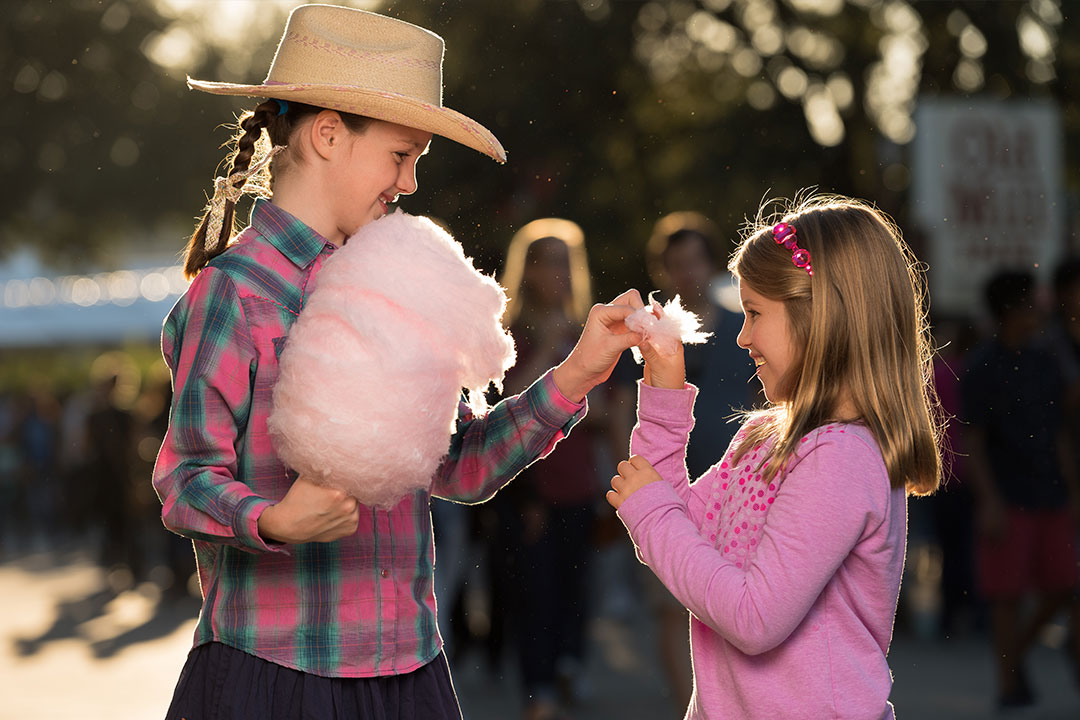
Photo credit: Kevin Brown/State Fair of Texas
Dr. Lona Sandon, Associate Professor of Clinical Nutrition at UT Southwestern, provides some tips on how to navigate the food scene and get a bunch of steps in, too.
- Enjoy fun foods in moderation – Share fun foods you want to try like funnel cake, corn dogs, cotton candy with friends and family rather than eating a whole portion alone. Often with these kinds of foods a few bites are enough to satisfy a craving until next year's State Fair.
- Pack healthy snacks to eat – Since personal food and coolers are allowed at the fair, bring fresh, high water fruits and vegetables to help keep you hydrated in the heat of the day. Pack apples, orange slices, grapes, strawberries, or cut up melon of any kind. Carrot and celery sticks with peanut butter or lite ranch dip can also be refreshing. Other healthy options are nuts and seeds, as they do not require being kept cool. When packing your own snacks, keep food safety in mind. Limit foods that need to be kept cold such as meats, dairy foods, and foods with mayonnaise or salad dressing in them. Use plenty of ice and cold packs to keep food cold, and keep hands clean by packing moist towelettes or hand sanitizer.

Photo credit: Kevin Brown/State Fair of Texas
- Choose protein – The smoked turkey leg is probably one of the healthiest food choices at the fair. Look for other meats or foods that are not deep-fried for leaner options.
- Drink alcohol in moderation – Stick to moderation when it comes to alcohol consumption. Too much alcohol can increase the chance of you becoming dehydrated. With the heat and humidity that often comes along with a long day at the State Fair, you are already at risk. Be sure to drink other fluids like lemonade, sparkling water, or iced tea.
- Hydrate – Drink enough water to keep from getting thirsty. It doesn't have to be just plain water – sparkling water and lemon or lime-infused water are great options. If you are sweating a lot, you need to drink more than usual. Signs that you may not be getting enough fluids are dizziness, nausea, confusion, headache, poor coordination, and feeling overheated or exhausted.
- Walk it off – The fairgrounds are comprised of 277 acres – that’s plenty of space for walking! Walking is not only a great form of exercise, it can help combat the extra calories you may consume while enjoying the fair.
Have safe fun in the sun
A multi-pronged strategy is the best way to protect yourself from the sun. You will get more protection by:
- Combining proper sunscreen use with seeking shade when walking across the fairgrounds.
- Wearing photo-protective or long-sleeve shirts, pants, and a wide-brimmed hat.
- Limiting sun exposure to the early morning and late evening when sunlight is less direct. Visit the indoor exhibits midday.
Dr. Jennifer Gill shares information about five common myths and five truths about skin cancer prevention that will serve everyone well at the State Fair of Texas.
Stay cool at the fair
To understand heat illness requires us to understand how our bodies manage heat.
We are heat-generating machines, and maintaining a very carefully controlled temperature within the body is essential to our normal bodily functions, says Dr. Raymond Fowler, Professor and Chief of Emergency Medicine Services at UT Southwestern.
There are four ways by which heat enters and leaves our bodies: If you have ever seen a thermal imaging camera, you have seen that our bodies radiate infrared radiation. We glow!
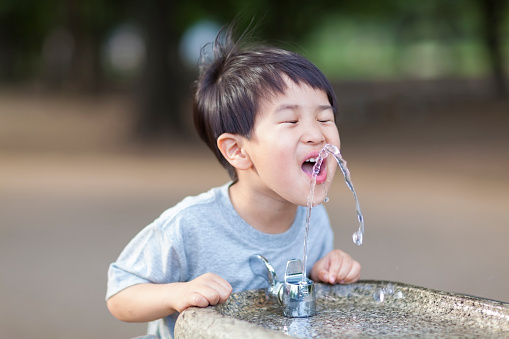
Also, our bodies are usually warmer than the climates around us, so we give off heat directly to our environment. Air moving over our skin takes heat away. Finally, our sweat is very efficient in taking heat away through the process of evaporation.
When the sun is shining on us, our bodies absorb more infrared radiation then we give off, warming us up. When the air around us is warmer then we are, then heat from the environment comes into our bodies rather than leaving. When there is no wind, with no air moving past our skin, heat fails to be taken away from us by moving air.
And, if the climate is really humid, then our sweat will not evaporate, which prevents heat from being taken away from us through that process. So, the combination of sunlight, with hot temperatures, with air that is not moving, in a humid environment prevents heat from being taken away from our bodies. Ultimately, we begin to heat up!
That said, late September and early October in North Texas can be pretty warm. Here are a few tips to be safe and avoid heat illness while enjoying the State Fair.
- Hydrate – Drinking enough fluids to maintain a regular urinary output is important, indicating that the body is not becoming dehydrated. Hot humid days, even in the absence of exercise, can cause our bodies to heat up!
- Monitor those at risk – Visits to the fair are often fun outings for the whole family. Persons at great risk of developing heat related illness include both the very young as well as the elderly. It is so important that family members and concerned loved ones always keep an eye out for these individuals to help prevent them from developing heat illness.
- Know the stages of heat illness – There are four stages of acute heat illness. The first thing that happens as our bodies warm is that we have shifts in our electrolytes, at the same time that we lose fluid from our bodies. This results in cramping of the muscles, which is called “heat cramps.” This process can progress to the point that we become very tired, even lightheaded, and experience severe fatigue. This process is called “heat exhaustion.” As the condition worsens, our internal organs can become injured, such as damage to the liver and the failure of our kidneys, which is called “heat injury.” Ultimately this process gives way to severe heating of the inside of the body, with resulting abnormal mental status, even the development of loss of consciousness. When this happens, we call this “heat stroke.”
- Act quickly with shade and fluids – Early along in the process of our bodies heating up, the condition can be stopped, and the body can return to normal. The person experiencing heat cramps can get out of the sun, cool off, drink fluids, and generally return to normal. The setting of lightheadedness and severe fatigue when out in the sun is more serious, and requires hospital evaluation and management in many cases.
Heat stroke, the most severe stage, is a life-threatening illness, and the person experiencing loss of consciousness when in a hot environment requires emergency transport to an appropriate emergency medical facility, prompt cooling, and other emergency management procedures.

